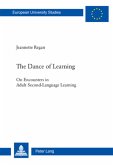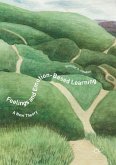This book acquaints readers with the principles and the possibilities of using visual models in the education of young children. Educational projects that use visual models as effective psychological tools that allow the child to develop abilities are very limited. Visual models can be used as a means for cognitive development, regulation of behavior, organization of productive activities, and for solving creative problems. The research in the field of cognitive development of preschoolers was greatly influenced by the works of L.S. Vygotsky, J. Piaget, and their followers. L.S. Vygotsky understood the general line of the development of children s consciousness as the transition from social plane to psychological one and related it to the mastering of cultural means, such as visual models. L. A. Venger considered a child's drawing as a visual model of an object; in construction activity, the child creates models of real structures from various blocks. All this served as the necessary basis for the use of visual models in the organization of educational processes in preschool institutions. Visual models can contribute to the enrichment of play activity and the development of thinking, visual-spatial activity, as well as the development of imagination. Studies have also identified the benefits of using visual models in work with children with special needs.
This book provides a great resource for students, specialists, practitioners and researchers.
This book provides a great resource for students, specialists, practitioners and researchers.








